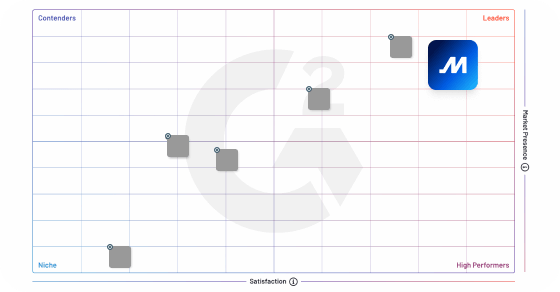Route optimization is a crucial aspect of the trucking industry, as it helps to minimize transportation costs and reduce delivery times. In simple terms, route optimization refers to the process of identifying the most efficient route for a truck to take, based on factors such as distance, traffic conditions, and delivery schedules.
The ultimate goal of route optimization is to maximize the use of resources while minimizing the time and cost involved in transporting goods. By using sophisticated algorithms and tools, trucking companies can create optimal routes that consider various constraints, such as weight restrictions, road capacity, and driver availability.
Route optimization is not a new concept, but advancements in technology have made it easier and more effective than ever before. With the help of GPS devices, real-time traffic data, and sophisticated mapping software, trucking companies can now create highly optimized routes that take into account a wide range of variables.
One of the key benefits of route optimization is that it helps to reduce fuel consumption and lower carbon emissions. By selecting the most efficient routes, trucking companies can reduce the amount of fuel needed to transport goods, which not only saves money but also helps to reduce environmental impact.
Frequently Asked Questions
What is route optimization?
Route optimization is the process of finding the most efficient routes for transporting goods. It involves considering factors like distance, traffic, and delivery time windows to minimize costs and improve operational efficiency. By using advanced software and data analysis, companies can achieve faster deliveries, lower fuel consumption, and enhanced customer satisfaction.
What is an example of route optimization?
An example of route optimization is the process of using algorithms and data analysis to find the most efficient route for a delivery or travel. This can include factors such as traffic, weather, and distance. By optimizing the route, time and resources can be saved, resulting in cost savings and improved efficiency.
How do you implement route optimization?
Route optimization can be implemented through various methods such as using GPS tracking, analyzing historical data, analyzing traffic patterns, and utilizing algorithms to find the most efficient route. By optimizing routes, businesses can save time, reduce fuel consumption, and increase productivity. Implementing route optimization can also lead to improved customer satisfaction and increased revenue.



